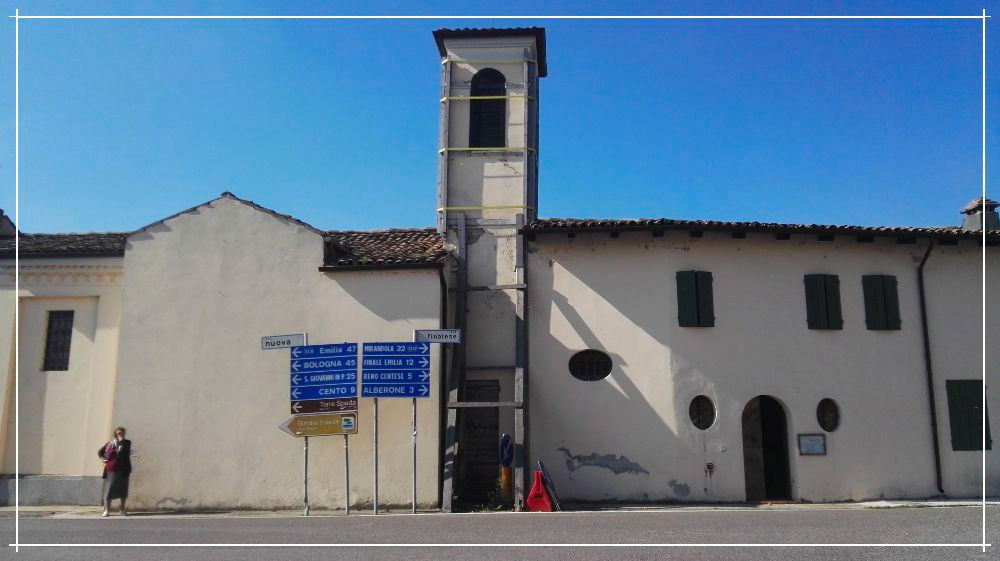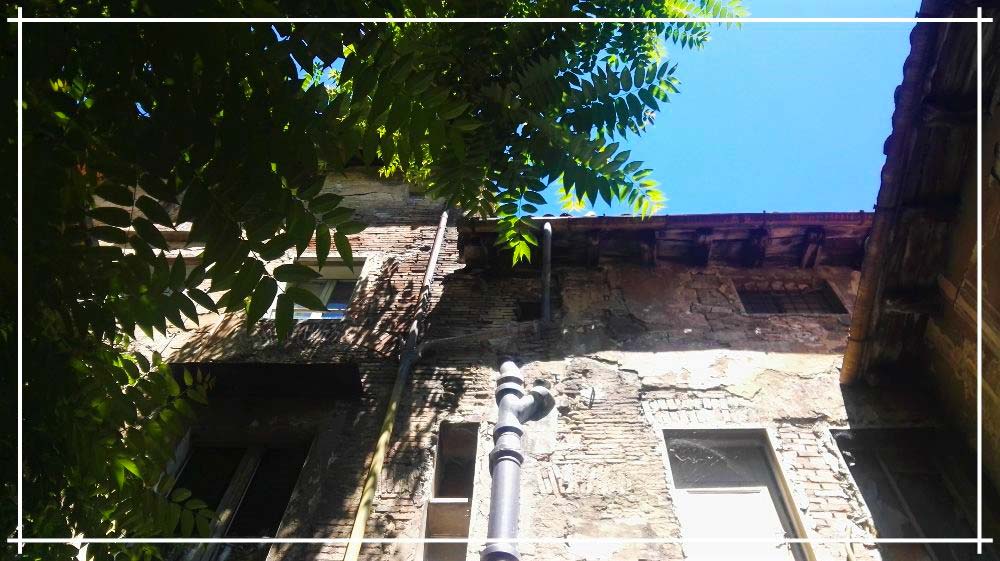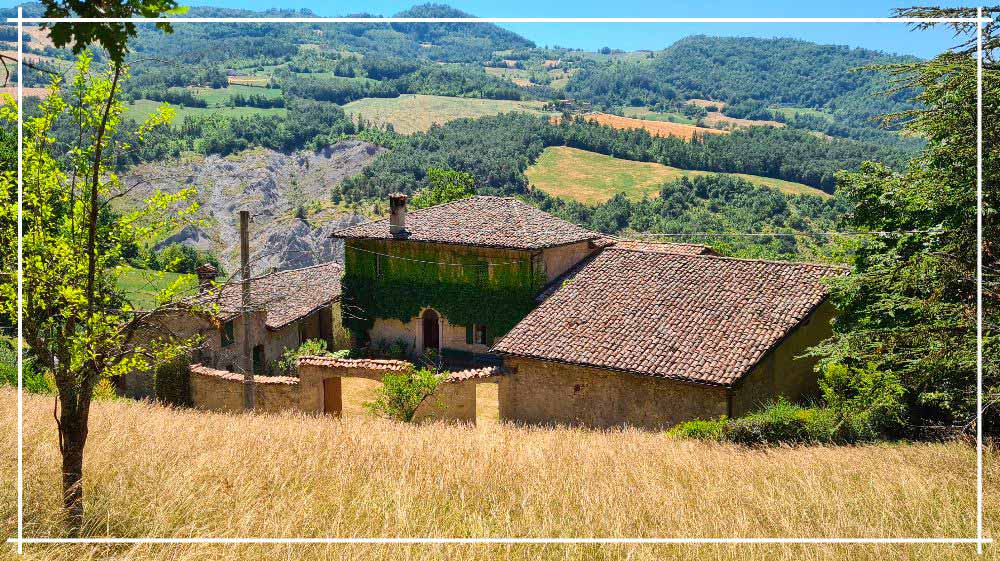Seismic improvement and repair with local strengthening for the
Torre Cocenno of Poggio Renatico in Ferrara
Seismic improvement and repair with local strengthening for the Cocenno Tower of Poggio Renatico in Ferrara
Seismic improvement and repair intervention with local strengthening for the Cocenno Tower of Poggio Renatico in Ferrara.
Due to the seismic events of May 2012, the Tower suffered severe structural damage, such as the collapse of the two highest floors. The building, despite having been spared in an angle of coverage, suffered significant damage that occurred both on the load-bearing walls and on the roofing floors and which were visible both from the outside and inside the premises.
The Cocenno tower, once in the Bolognese territory, is now located in the municipality of Poggio Renatico and can be seen along the road that from San Carlo di Sant’Agostino leads precisely to Poggio Renatico: after about a kilometer from S. Carlo, on the right, after the bridge over the Passo drain.
The tower was part of a defensive system (Amedeo Benati – Strenna Storica Bolognese. 1989) built by the municipality of Bologna in the twelfth and thirteenth centuries to counter the power of the marquises of Este, lords of Ferrara, with whom it was frequently in conflict.
The first outpost of this defensive system was the castle of Galliera and its tower (shield and defense of the entire Bolognese countryside towards the Ferrara area, as stated by the Senate in 1296), built by the Bolognese municipality at the end of the 12th century.
Subsequently, in 1242, as the historian Cherubino Ghirardacci refers in his “Historia di Bologna”, the Bolognese built the Uccellino tower (in the land of Lusolino) a few kilometers from Ferrara, thus moving the border between the Bolognese and the Ferrara.
In 1305 the Verga tower (no longer existing) was built, near the current Mirabello, which at that time was part of the territory of Galliera, then very vast. But before the Uccellino tower, the Cocenno tower was built, also in the territory of Galliera. All these towers were placed to guard roads and navigable canals, which connected the Bolognese with the Ferrarese.
The tower was built in 1233 right at the confluence of the Cocenno (canal coming from the Cento area) with the Pass. The date of construction, already reported by Donato Toselli in his volume “Sant’Augustino de Paludibus”, is indicated on a brick slab walled to the right of the door on the first floor of the tower. Donato Toselli ha trascritto il testo ed ha riportato la seguente traduzione: “Quest’opera fu iniziata e completata dal sig. Giacomo [figlio] del sig. Parditeno sovrastante a questo luogo di lavoro nel tempo del Regime. 1233”.
The tower, with the surrounding land, belonged for a long time (at least from the mid-sixteenth century to the end of the eighteenth century) to the Olivetan Fathers of San Michele in Bosco in Bologna.
The land (over 300 turnings) was rented to sharecroppers, and cattle breeding was intense, introduced to these lands by settlers from Bergamo at the beginning of the fifteenth century. On March 30, 1636 the abbot Pepoli signed a contract with the “butcher” Anibal Siena with which the convent undertook to give all the calves of the farmhouse, and others of the “bergamines of the monastery” up to the number of 60 in about the year. For his part, the butcher undertook to discount the price of the calves “in so many meats to be taken from his shop” by the convent. The aforementioned contract is renewed until April 1672.
From an inventory of 15 March 1666 it appears that at the Cocenno farmhouse there were 55 cows, 10 two-year-old calves, 6 one-year-old calves and three bulls: a varolo, a frost, a varoletto …
In one of the buildings leaning against the tower, the Olivetan monks had created an oratory, or small chapel, “where on the altar there is an ancona nova with gold profiles and an image of Blessed Bernard and a cross profiled in gold. At the aforementioned church there is a painted parapet with its windows and walnut door with key lock “(also from the inventory of 1666).
In the Boncompagni Land Registry (circa 1780) the estate is classified as “Corpo di Terra called = La Torre di Cocenno = dei RR. PP. Olivetani di S. Michele in Bosco and the turnings are 597 ”.
With the arrival of French troops (1796) the lands – like most of the ecclesiastical assets – were confiscated, and Napoleon Bonaparte assigned them, together with the farmhouse and the tower, to the University of Bologna. In 1864 the property was transferred to Filippo Calegari.
- Achievements Tag: Ferrara





